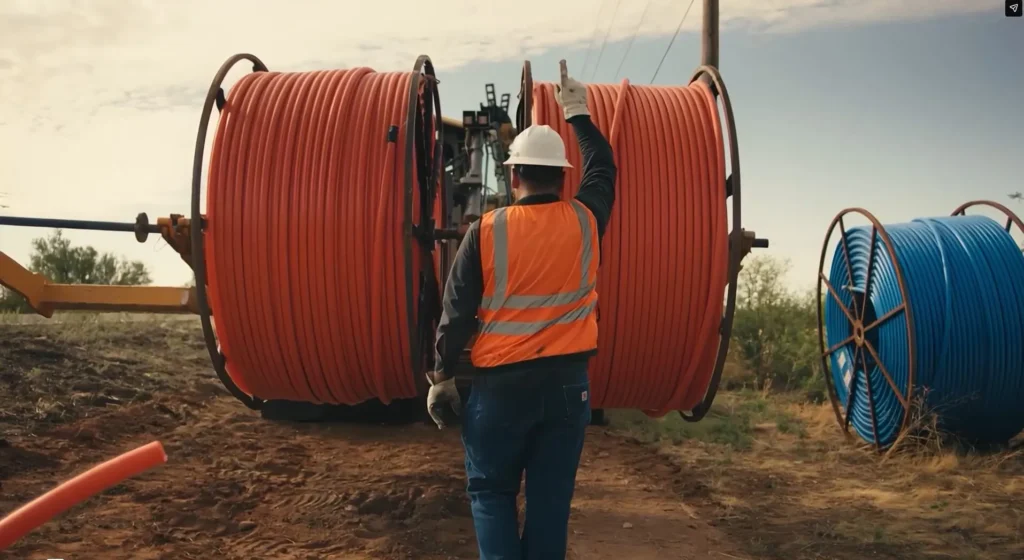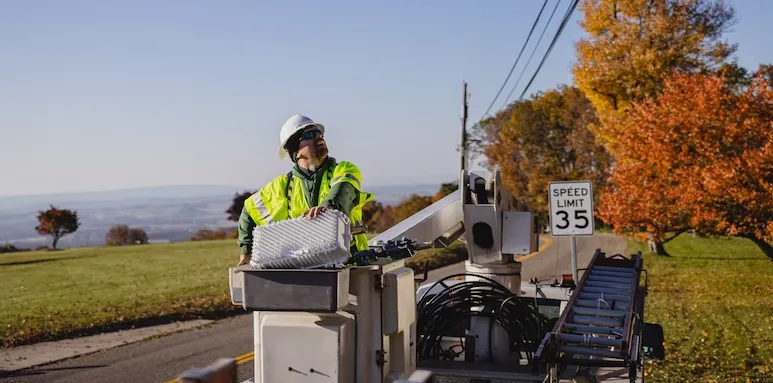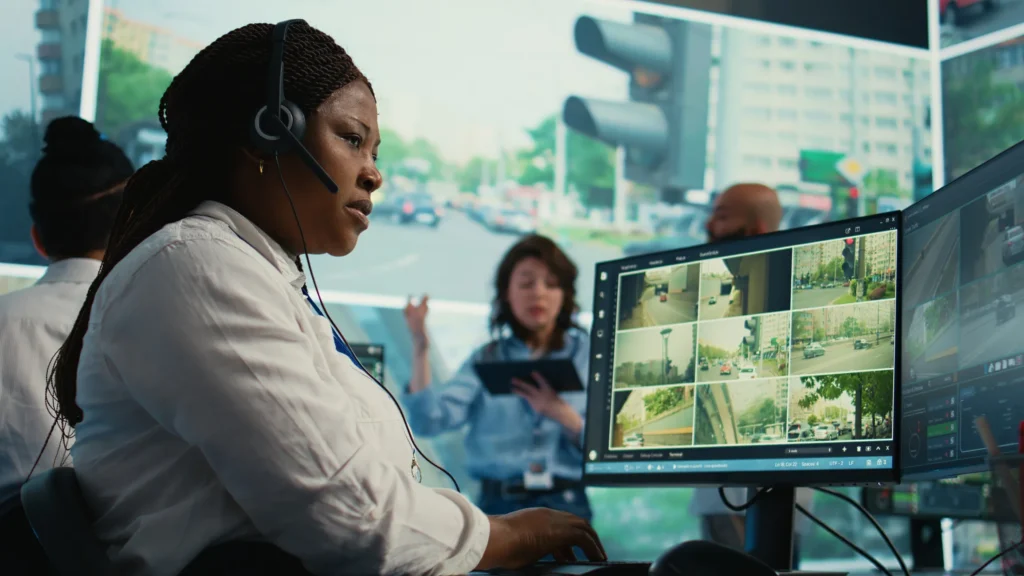The COVID-19 pandemic has brought many things to a halt, but the internet is not one of them. In fact, America’s robust cable broadband networks, which NCTA has been tracking weekly for the past two months, have successfully handled the surge in internet traffic, and have accelerated the demand for remote work, distance learning, and most pertinent to the ongoing crisis—telehealth. Cable operators have long been active in the healthcare world through partnerships with hospitals and clinics to help providers utilize the technology and connectivity needed to offer this alternative form of healthcare to their patients. Telehealth is now proving to be just what our health system needs in order to save space in hospitals for those who are truly sick, and to prevent further exposure to COVID-19 in emergency rooms and clinics.
One of America’s broadband leaders that has used its reach and resources to leverage innovative solutions in the healthcare space is Cox. Through its acquisition of Trapollo in 2017, a company that designs connected health solutions, Cox and Trapollo have provided connectivity, technology, and healthcare solutions to hospitals, insurance companies, and numerous organizations across the country.
Over the last year, Trapollo has been active in creating a “hospital in the home” experience, in which patients can receive medical care from a hospital or healthcare provider remotely from the comfort and safety of their own homes. As a part of that program, Trapollo teamed with partners to develop a solution set that is now gaining traction, allowing patients and physicians to make telehealth more flexible and less expensive. Bring Your Own Device, or “BYOD” as it’s being called in the industry, allows a patient to utilize their cell phone or tablet to download an app that enables them to be fully monitored by their healthcare provider, to receive important medical advice or information, and to participate in two-way video communication.
When COVID-19 started to become widespread, Cox and Trapollo realized that with this solution, they already had the architecture in place that could immediately respond to the pandemic and to essentially save hospital beds for those who need them most. People experiencing mild COVID-19 symptoms could utilize the technology and be seen remotely by a provider without having to interact in person and put others at risk for contracting the illness, or vice versa.
Trapollo Chief Executive Officer Mike Braham explained that one of the big differentiators in the platform that they are providing is that the solution design has a speech-to-text capability built into it. “We procured tens of thousands of thermometers and pulse oximeters across the U.S. [two important devices used to measure and detect symptoms for COVID-19] and we have customers all across America that are needing and using them,” said Braham. Patients who are COVID-19 positive can use the solution to go through the phases of the illness, or be directed to the closest hospital with sufficient capacity—another important tracking tool that is built into the technology. “It provides an end-to-end solution for anyone navigating the different phases of COVID,” said Braham.
Braham believes that the pandemic has invited society to realize the true benefits of and need for telehealth solutions such as this one. As with any big change, people are usually skeptical or wary of the “disruption,” and of having to learn new technology and embed it into their routine, he explained. “We are dispelling through COVID every myth that telehealth was surrounded with. But those of us who have been with telehealth for a long time always said this would eventually just be another modality to deliver care,” said Braham. “All age groups and populations are now seeing that this is an easily engaged solution. And often times, it’s more convenient for the patient to be able to see a clinician when and where they want, and it is convenient that doctors or clinicians can better utilize their time in seeing customers and patients where and when they need it.”
Braham, who previously worked as a vice president at Cox Business, deeply believes in the potential that broadband can unleash in the healthcare industry, and particularly in telehealth.
“Our greatest value in the cable environment is that we should consider that we ‘own the home’ … [because] the advent of broadband fully enables for telehealth and remote patient monitoring to happen. Now with smart homes being a part of the healthcare environment, the concept of creating the ‘Smart Healthy Home,’ as I like to call them, is here. There is a great amount of flexibility in what we can do both as a patient and as a caregiver,” said Braham. “It’s good to see all of the things that have had potential for all these years start to become realized due to the advent of broadband and sensors in the home, we now have a healthcare application which can further bring value to that embedded network, and all of the assets we’ve been building for years inside the home take off and make a difference.”









